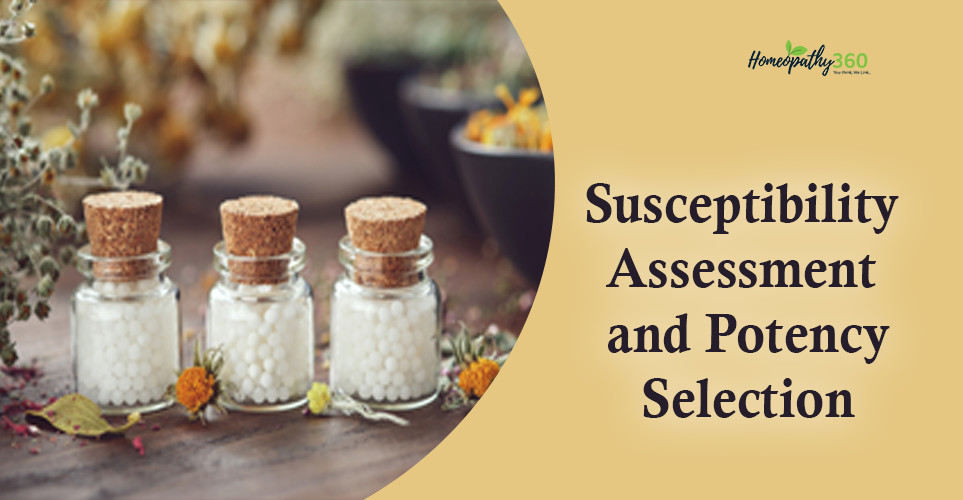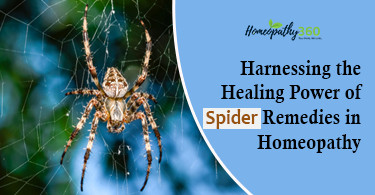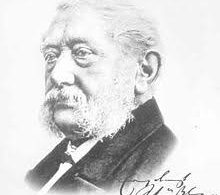
ABSTRACT
Susceptibility means the general quality or capability of the living organism of receiving impressions; the power to react to stimuli. Susceptibility is the only guide for the selection of potency. Various factors contribute to the susceptibility of a patient. They are age, sex, habit and environment, constitution and temperament, nature and depth of the disease, structural changes, various suppressions, vitality, mental and physical reactions to environmental stimuli etc.
KEYWORDS
Susceptibility, Potency, Constitution, Temperament
INTRODUCTION
Susceptibility is the ability or the capability of a person to react to a particular stimuli,i.e., to a medical agent or a disease. If and only if he has the capability to receive that impression only he is affected with that.
As the disease acts conditionally –it can only affect people who are susceptible to that. Otherwise even though he is exposed with that it cannot alter his healthy vital force. But as medicine is acting unconditionally-all humans are susceptible to medicines, but it is in the hand of physicians to modify its power according to the capability or susceptibility of a person to react over it. So a physician is actually an artist to modify the power by determining various potencies for each individual in an artistic manner. [4]
Susceptibility responsible for maintenance of health, evolution and development of constitution, manifestation of disease, process of recovery and cure, determination of potency, dose, repetition etc.
IN POTENCY SELECTION –Higher the susceptibility the potency selected should be high and lower the susceptibility potency selected should be low.
For finding the susceptibility and selecting potency various factors should be considered such as age, sex, habit, environment, constitution, temperament, nature of disease, depth of disease, pathology, suppression, mental and physical reaction, etc.
Low potency-organotropic, Medium-function, High-psyche level action [5]
| Medium potency | Low potency | High potency | |
| Age | Old | Children | |
| Sex | Women | Males | |
| Constitution and temperament | PhlegmaticSluggishOver sensitive | SanguineNervousCholericPolitical | |
| Habit and environment | More physical exertionSleep littleDruggist,idiots, | More mental exertionLong sleepSedentary occupation | |
| Mental generals | More |
- Age
- Children generally have no wear and tear of organs, so the susceptibility is always high.
- Old age people usually wear and tear their organs more, so the susceptibility is low.
- sex
- Females compared to males less exposed to mental stress, worries, so moderate susceptibility so medium potencies can be given,
- Males as they are irritable, sensitive, high susceptibility so high potency preferred.
- Occupation/nature of work
- More intellectual and more mental work, sedentary habit, with long sleep-high susceptibility
- Persons with more physical work, druggist, perfumers, with little sleep-low susceptibility
- Temperament
- Sensitive, sanguine, choleric –high susceptibility
- Phlegmatic, sluggish- low susceptibility
- Nature of disease
- Acute disease-high susceptibility
- Acute manifestation of chronic disease-moderate susceptibility
- Acute disease with lower vitality-low susceptibility
- Chronic disease without gross organic change-high susceptibility
- Chronic disease with gross organic change-low susceptibility
CONCLUSION
The success of homoeopathic treatment depends to a great extent on the correct selection of the potency and the requisite potency should be selected according to the susceptibility of the patient. Medicines will be able to effect cure only when they will be of the susceptibility from which disease has originated. [2]
REFERENCES
- Close Stuart. The Genius of Homoeopathy, reprint edition. B. Jain publishers, 2002. p. 76,p.77,p78
- Dey.S.P,Essentials of principles and Practice of Homoeopathy,NewDelhi:Sabitha Rani DeyPublishers,reprint edition.2005,p.193,p.195,p.197
- Dhawale,M.L,Principles and Practice of Homoeopathy,Bombay:Institute of clinical research Publishers,third edition 2006.p.245-258,
- Hahnemann Samuel. Organon Of Medicine. New Delhi: B. Jain Publishers (P) Ltd; 5th& 6th edition, 2005;p.42,
- Partha Pratim Mandal,BimanMandal,A Textbook of Homoeopathic Pharmacy,New Central book Agency (p) LTD.p.233,p234,p235.





